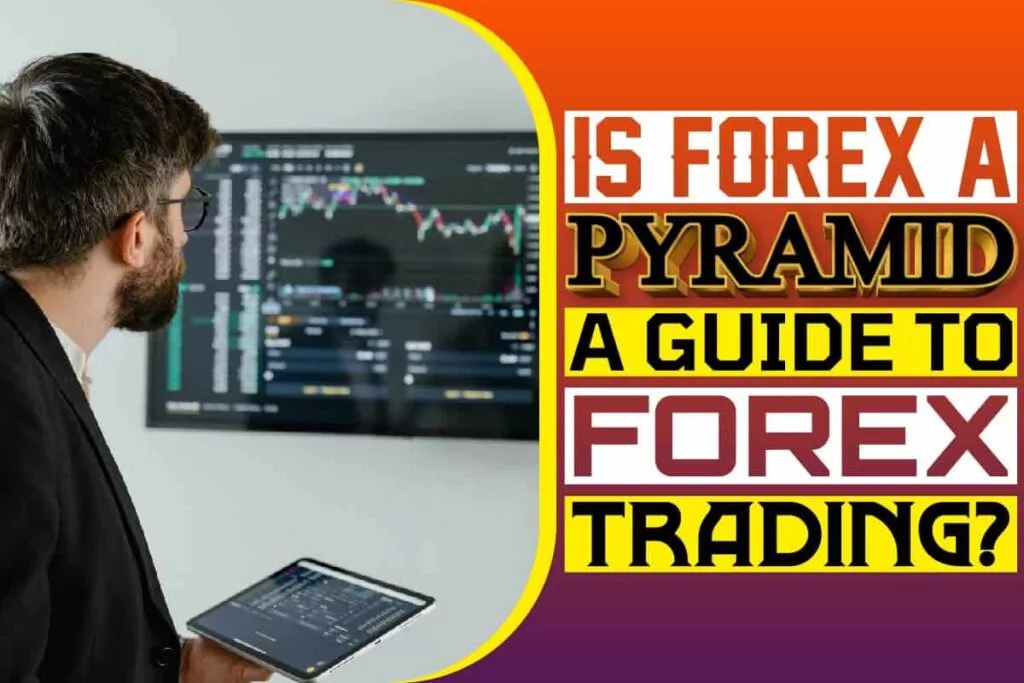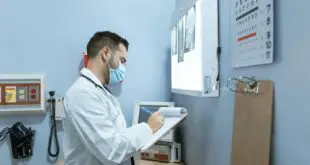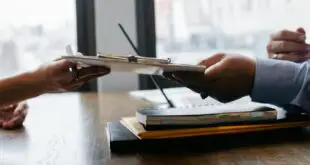Forex, also known as Foreign Exchange or FX, is a global marketplace for trading or exchanging significant world currencies. You can either buy or sell in Forex, and its demand and supply determine the value of a currency. Due to the worldwide reach of the trade, Forex markets seem to be the largest and the most liquid asset in the world. The volume of Forex traded daily exceed $ 1 trillion; hence it is a market with huge potential to make lots of money, especially if you can speculate rightly.
So, is Forex a Pyramid Scheme?
Forex is not a Pyramid scheme because you don’t invite people to sign up and don’t get paid commission or sell any product. You only trade currency pairs.
A Brief History Of Forex
Forex markets have been around for over a hundred years, but it has never been done professionally. People have been exchanging goods and currencies to purchase goods and services, and today’s forex market has become a modern invention.
More currencies were allowed to float freely after the collapse of the famous Bretton Woods accord of 1971. The value of each currency was determined by the amount in circulation and their demands. The values are monitored closely by the foreign exchange trading service providers.
At that time, commercial and Investment banks were initially the significant players conducting most trading on behalf of their investors in the forex markets. Currency trading became an asset class around this era, and you earn interest in the differential interest rates between two currencies. You may also profit from changes in exchange value between traded currencies.
Before the coming of the internet era, trading forex individuals was extremely difficult for individuals to trade. Most forex traders before the internet era were multinational companies, wealthy individuals, and hedge funds operators. The reason for this difficulty is that forex trading requires huge capital.
With the availability of the internet, there is a worldwide retail market that targets individual traders, thus providing access to foreign exchange markets through secondary markets, brokers, banks, and individuals. Today, we have many forex brokers and dealers that offer high leverage to individual forex traders that can invest in large trade even with a small capital account balance. You can check here top FX brokers reviews, to get more information about brokers and their types
An Overview Of The Forex Trading Market
The forex market is where currencies are traded today. It is continuous and non-stop. An exciting part of it is that there are no physical buildings that serve as the venue for trading. The trading is done through trading terminals alongside computer networks. The participants are the institutions, retail investors or individuals, and banks.
Disclosures are not mandatory in forex trading. Several things can influence the value of a currency, including socio-political turmoil and natural disasters.
There are three ways to trade Forex today, these are;
- Spot market
- Forwards market
- Future markets
1. Spot Market Trading
Spot market forex trading is the largest trading market because it trades the largest for forward and futures markets. This arrangement of trading means that when people refer to Forex trading, they are referring to Spot market trading.
It is where the currencies are purchased and sold based on their current trading prices. Their supply and demand determine the price of currencies. The supply and demand of currencies are calculated based on several factors, including the economic performance of the owner country, sentiments based on the current socio-political situation in the country, and interest rates. The perception of the future performance of a currency against the other may also determine their prices.
The “spot deal” is referred to as the agreed-upon exchange rate value between two currency pairs. Spot trades deal with the main Forex transactions.
2. The Forwards and Futures Markets
A forward or futures market contract is a pact between two parties to purchase a country in the nearest future and at a pre-determined price. Unlike spot markets, forwards and futures markets don’t deal with actual currencies; instead, they deal with contracts that reflect claims to a certain type of currency plus a specified price per unit and a future date for the deal settlement.
In Forwards and Future markets, contracts are purchased and sold at the OTC based on the size of the trade and settlement dates.
How To Get Started With Forex Trading
Trading forex is similar to other forms of trading like Equity trading. The following steps are essential for beginners trying to trade Forex;
1. Learn About Forex
Perhaps the first step to take is to learn about Forex Trading. Though it is not complicated, you need to have some knowledge of trading speculations. The leverage ratio in forex trading is higher than that of equity trading. You should learn to read the currency trends and, if possible, learn to read charts, graphs, and other instruments that can help you predict currency trends. It would be best if you learned about how to minimize loss and maximize your winning potentials. Today, you can sign up for trading robots that can trade on your behalf based on set parameters.
2. Set Up a Brokerage Account
You can either get an account with a broker or set up your own brokerage account. There are online forex account brokerage service providers who charge nothing to trade on their platforms. While individual forex brokers with physical offices don’t charge a commission, but they make money from spreads or pips. Setting up a micro forex account should be ideal for beginner forex traders. Micro forex brokerage accounts require lower capital requirements. They come with variable trading limits.
A typical standard account lot can be as much as 100,000 currency units.
3. Develop a Strategy for Forex Trading
Many beginner forex traders who have gone to become professional traders today started with virtual trading platforms. Starting with a virtual trading market can help you build a strategy to make more gains than losses when you eventually start live trading.
It is extremely difficult to predict time and forex market movement, but having a strategy can help you set guidelines and a winning roadmap in forex trading. An ideal forex trading strategy should be based on the reality of your finances and situation; The strategy takes into account the cash amount you are willing to put up for trading and the number of risks you can tolerate. Keep in mind that forex trading can be a high-leverage market that will benefit those willing to take the risk.
3. Don’t Trade with Emotions.
Emotional trading is the number one problem with forex traders. Beginner forex traders are mostly affected by the emotional roller coasters of trading. When they lose a trade, they want to recover quickly by jumping on the next trade, which may eventually lead to losing everything.
It is important that you don’t get carried away by your trading position; you should rather cultivate the habit of emotional equilibrium in the midst of trade gains and losses. It would be best if you remained disciplined about closing your winning and losing positions when necessary.
Key Forex Terminologies For Every Beginner Forex Traders
Learning forex trading language is part of the beginning process. You should be familiar with some terms of the trade.
1. Forex Account
This is the account your money is kept, and from here, you decide how much you want to use to trade. There are three different accounts you can get, and these are; Micro forex accounts, Mini forex accounts, and standard forex accounts. Micro forex accounts allow you to trade up to $1000 worth of currencies on a lot. Mini forex accounts allow you to trade up to $10000 on a trading lot, and standard forex accounts allow you to trade up to $100000 worth of currencies on a lot.
2. Leverage
This is the size of your trade. It can be a term used in defining a borrowed capital to multiple your returns. For instance, you can add your $1000 to a broker’s $9000 to expand your trade volume and increase your trading gains.
3. Lot Size
Measured in units, this is the worth of total money you put in a trade. For instance, you can use 1000$ to purchase 100 units; hence the larger the units or lot sizes, the higher your potential gains or losses. Lots of sizes are displayed as you enter your trading amount; you don’t have to work this out independently.
4. Margin
Margin is the amount of money set aside in an account for your currency trade. It is the margin you choose that will help you remain in trading for a long time because it helps you remain disciplined. Margins help reduce reckless spending.
5. Spread
Spread is the difference between the bid or sell price and the Ask or buy price. You make money through spread. If you set your trade at buy, for instance, and the trend favors it, you will make gains once you close it.
 Being Human
Being Human




